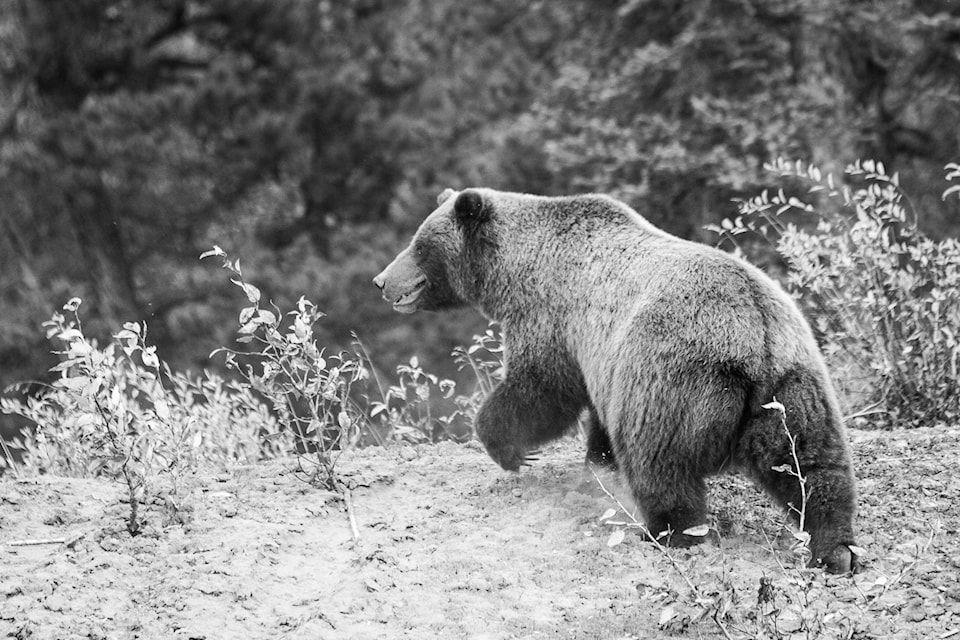Hunting season is well underway in the Yukon, with Yukoners of all stripes venturing out into the bush with the hopes of putting something in the freezer.
Properly harvesting wildlife, however, isn’t as simple as shooting an animal, butchering it and storing meat for winter. There’s an equally important wildlife management side to things, which is handled through licensing.
Would-be hunters must first get a license. This can be done online or in person at any Environment Yukon office. Licences are free to First Nations citizens and people 65 and older, and $10 for any Yukon resident.
According to the Environment Yukon website, a Yukon resident is defined as “a Canadian citizen or landed immigrant whose main residence has been in the Yukon for at least 12 months before applying for a licence, and who has been physically present in the Yukon for at least 185 days during that period.”
Big game licenses for non-resident Canadians are $75 and $150 for non-Canadians, although small game non-resident licenses can be had for $20. Non-Canadians may only hunt with a licensed outfitter.
Once a hunter has obtained their license, however, they can’t just go around harvesting any animal they want. Hunters must obtain seals for large game, such as moose, bear and caribou at an additional cost (between $5 and $50 depending on the game species).
All non-residents must also pay a “harvest fee” for animals taken in the Yukon, ranging from $50 for a coyote to $750 for a female grizzly bear.
Once an animal is taken, a seal must be “cancelled” by affixing it to the dead animal, according to the 2017 Yukon hunting regulations guide. Hunters must report their kills to Environment Yukon within a designated amount of time, ranging from within 72 hours for elk to 15 days for moose and caribou.
For moose, sheep, goat, deer, elk, caribou and grizzly bear, proof of sex must also be submitted along with the report.
Anyone with a seal may hunt the appropriate animal anywhere in the Yukon, so long as that area is open to hunting, said Rob Florkiewicz, harvest co-ordinator for Environment Yukon’s fish and wildlife branch.
A seal does not guarantee an animal, said, but is “merely an opportunity to hunt them.”
The department does population surveys and may impose harvest limits or close an area to hunting entirely if numbers are low, he said.
In 2017, hunting for thinhorn sheep on Sheep Mountain near Kluane National Park was closed. The Faro area closed for moose hunting Sept. 15, after hunters bagged the limit of 15 animals.
The Ross River Dena Council has expressed concerns over the over hunting of moose on its traditional territories.
“The harvest is occurring within sustainable limits (in that area),” Florkiewicz said. “Our data shows harvest is within acceptable limits by licensed hunters.”
The most recent game population survey in Ross River took place in 2012, he said.
Florkiewicz said officials don’t factor the number of bears killed by conservation officers into the number of seals issued. Nearly 60 bears have been destroyed this year following conflicts with people.
“We don’t issue seals based on population but on area,” he said. “We don’t limit the number of seals.”
“There’s no real relationship between the number of seals (issued) and the number of animals harvested.”
Environment Yukon numbers show that in 2007, the department issued 1,458 grizzly bear seals, with 56 bears harvested. In 2012, those numbers 1,753 seals and 81 bears harvested, and by 2016 it was 2,190 seals sold and 49 bears harvested. A similar pattern — relatively stable harvest numbers with a gradual increase in sales — can be seen in moose.
Contact Lori Fox at lori.fox@yukon-news.com
